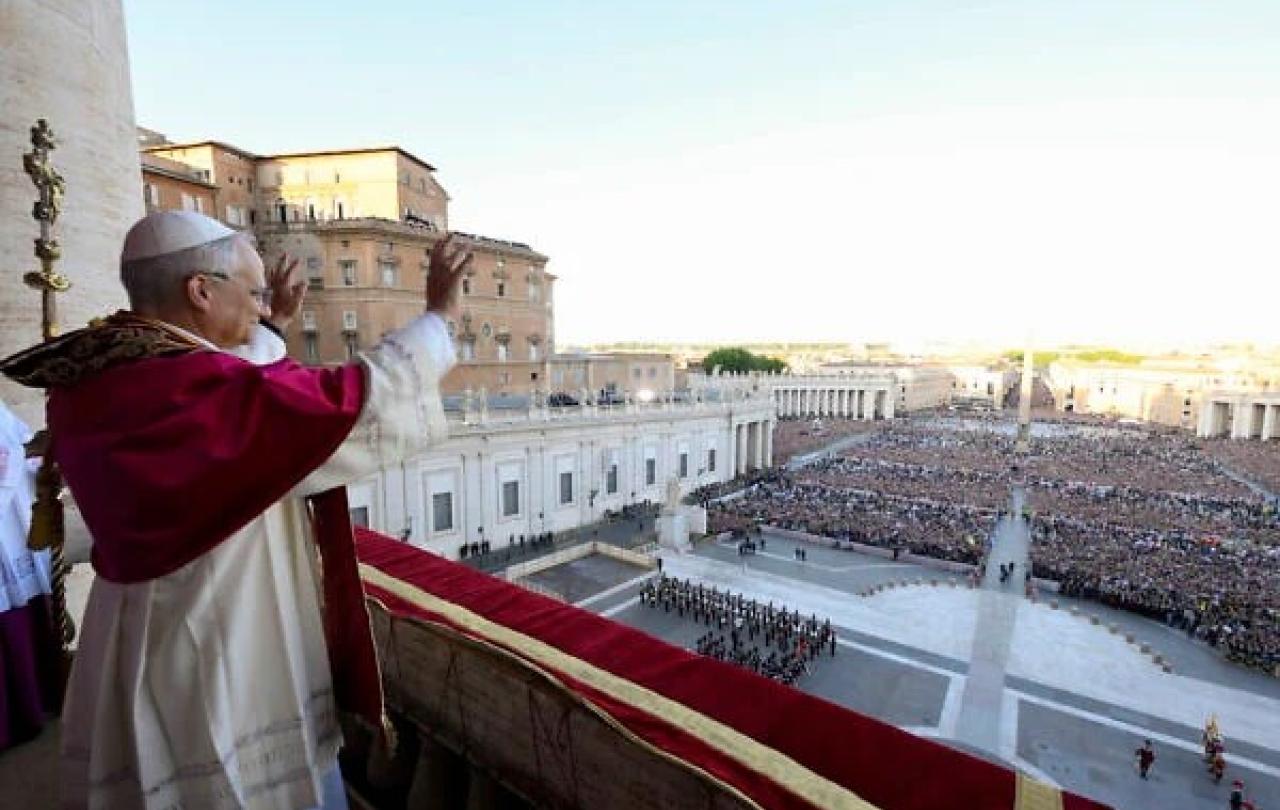
In my last article, I said that God is not an object in space-time. He is part of the fabric of reality, like the number 2. He is transcendent, as if he inhabited a fourth dimension that we could not see and yet surrounds us, just as a two-dimensional creature could not see or conceive us even if we could see them.
However, many transcendent beings could exist, like many numbers exist. But they would not be what the Nicene Creed means by the word ‘God’. The Creed also states that God is radically unique and that he created everything. To see what that means we need an analogy.
Author of the world
The Harry Potter books were written by J.K. Rowling. In them she describes a fantasy world, where wizards and witches can cast magical spells and perform supernatural feats with their power. The most powerful evil wizard is Lord Voldemort, who is the main bad guy in the whole Harry Potter series.
But is Lord Voldemort more powerful than J.K. Rowling? Could he ever defeat her in a one-on-one battle?
Everyone can see immediately that the answer is ‘no’. But why not? Rowling is just an ordinary person without any magical powers, and Voldemort is one of the most powerful wizards in the Harry Potter world.
The reason Voldemort could never defeat Rowling has to do with the unique kind of relationship they have. It’s not simply that Rowling is more powerful than Voldemort. The truth is more absolute than that. Voldemort doesn’t have any power of his own that Rowling didn’t give him in the first place. Rowling doesn’t really belong to the Harry Potter world at all, even though it belongs to her.
In other words, Rowling has the status of creator in relation to the Harry Potter world. She decides everything about how that world works. She is nowhere to be found in it, yet she is present in a special way to every part of it, and every part of it depends on her for its very existence.
There is one way in which Rowling could enter the Harry Potter world: if she were to write a story in which she herself was one of the characters, walking about and interacting with the others. That character would be both created and uncreated at the same time, in the world yet not belonging to it. This might help us understand how Jesus could be both God and human at the same time.
There are two limits to this analogy. One is that Rowling is not an absolute creator. She uses elements from her own world and ours to create the Harry Potter world: colours, gravity, light, time, space, etc. She did not create ex nihilo (out of nothing). The other limit is that the creatures in Harry Potter do not have free will. They can only ever do what Rowling decides that they do.
The Christian Doctrine of Creation
The above analogy helps make one point clear. To say that God is the creator does not mean that God kickstarted the world and then left it to go its own way. An author of a novel doesn’t only write its first line. The world couldn’t possibly go its own way for a microsecond without God continuing to ‘write’ it. The Christian doctrine of creation ex nihilo has nothing to do with whether evolution occurred, or whether Genesis chapter 1 should be taken ‘literally’. It is far more fundamental than that. It says that there is no particle, no law of physics or nature, no moment in time, that is not 100% dependent on God for its very existence. In other words, the Christian God doesn’t live within our understanding of reality at all. He is the source of reality, the existence behind all other existence, far more concrete and real than anything else – spiritual or physical – ever could be.
This does not count as a proof for God’s existence, but (just like the last article), it does affect how arguments about God’s existence should be made. Nobody should ever think that they need to provide ‘evidence’ that God exists, as if God were an object in space-time who could be measured or observed. It doesn’t make sense to demand evidence for the existence of the source of existence. What would count as evidence? Let’s return to the Harry Potter analogy for a moment. No one could ever find out more about Rowling than she chooses to reveal about herself. If Harry Potter were to find a magic spell that enabled him to talk to her, this would only be because Rowling had created such a spell in the first place. The only thing Harry could ever figure out without Rowling’s help is that he did not create himself or the world he lives in. Either nobody did, or someone else did, who Harry might want to call the ‘unknown God’.
Nor does it make sense to ask who created God, a question that sometimes occurs to children. Either there is an infinite regress of causality, so that every source has another source behind it and so on forever, or there is something we may accurately call the ‘first’ because it is the absolute source of everything. As the previous article showed, there are two kinds of real: (1) contingent objects that may or may not have existed, like you, me, or any object we encounter in the Universe, (2) necessary principles without which we can’t imagine anything, like numbers and logic. For Christians, God belongs in the second category, so he doesn’t need to be created any more than the number 2 needs to be created.
FAQs
Does the Bible really teach creation ex nihilo?
The point of this article is to explain what the writers of the Nicene Creed meant they said that God is the ‘creator of heaven and earth, of all things visible and invisible’. Like the Trinity, the doctrine of creation ex nihilo is not explicit in the Bible (if it was, why bother writing the Creed?). There are some people who interpret the Bible in ways that contradict the Creed, because it is possible to interpret the Bible (like any text) numerous ways, and no interpretation can be proven beyond question. But the writers of the Creed believed that creation ex nihilo arises from prayerful reflection on the implications of the whole Bible’s message. If you’re interested in the biblical case for and against creation ex nihilo, check out the following resources:
Andrew Davison, Participation in God: A Study in Christian Doctrine and Metaphysics (Cambridge: Cambridge University Press, 2020);
Thomas Jay Oord, ed., Theologies of Creation: Creatio Ex Nihilo and Its New Rivals (Routledge, 2014);
Nathan J. Chambers, Reconsidering Creation Ex Nihilo in Genesis 1 (Penn State University Press, 2021);
Gary Anderson and Markus Bockmuehl, eds., Creation Ex Nihilo: Origins, Development, Contemporary Challenges (Notre Dame: University of Notre Dame Press, 2018);
Janet Soskice, ed. “Creation ‘ex Nihilo’ and Modern Theology.” Special Issue, Modern Theology 29, no. 2 (April 2013).
Susannah Ticciati, ‘Anachronism or Illumination? Genesis 1 and Creation Ex Nihilo’, Anglican Theological Review 99, no. 4 (September 2017): 691–712
What about Satan? Isn’t he the opposite of God?
No, Satan is not the opposite of God, just as Voldemort is not the opposite of J.K. Rowling. Satan is a creature like us, part of the Universe and dependent on God for his existence. The archangel Gabriel might be a more appropriate ‘opposite’ to Satan. The only opposite of God is nothingness, which is the same as saying that nothing is the opposite of God. As to why God continues to give power to Satan knowing he will use it for evil, that is a topic for a future article on the problem of evil. Keep watching this site and you’ll find it soon.





